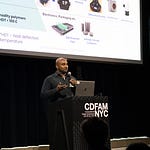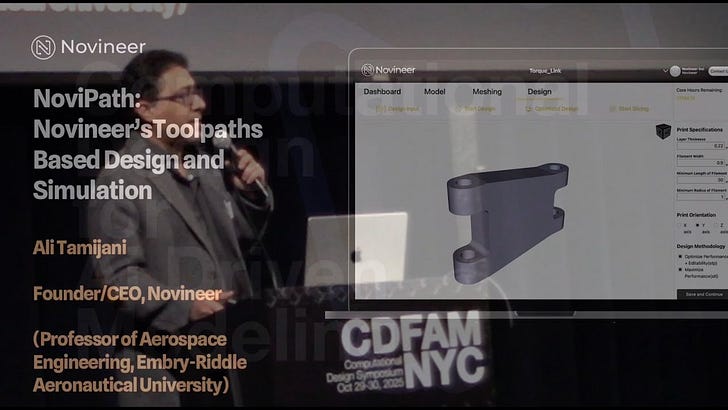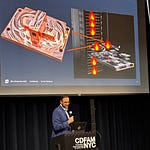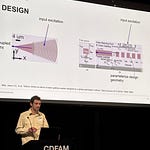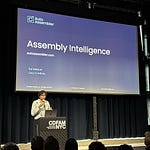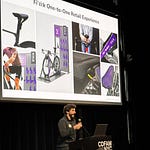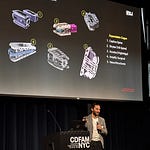Recorded at CDFAM Computational Design Symposium, NYC 2024
Presentation Abstract
KPF’s computational geometry processes, whether generating complex building components, documenting, optimizing, rationalizing, or form-finding, consistently rely on a set of core common methods.
Across geometrically and computationally diverse projects, we have identified a repeated pattern and codified 5 distinct methods that form the logical underpinning of almost every bespoke computational task. These methods—data branching, point sorting, plane-based calculation, cross-referencing, and surface rebuilding—form the foundation of our architectural geometric computation process, much like the unseen bulk of an iceberg beneath the water’s surface.
The majority of the work in each computational project involves a combination of these five methods; only after establishing these foundational logics can we implement the bespoke computational logic that handles the specific geometric tasks.
Despite their apparent simplicity, these core functions can become extraordinarily complex in large projects due to the vast number of conditions and edge cases which require our core methods to be standardize and scalable. As project complexity increases, these elemental functions become much more important than bespoke computational logics to ensure that all geometric conditions are accounted for. In this presentation, we will define the main foundational methods of computational geometry and then use several geometrically and logically diverse megaprojects to illustrate how these foundational methods form the majority of the computational logic in each.
Through classification and case studies, we will codify the core geometric computational methods required to develop any large architectural project at scale
Speaker Bio
Madeleine Metawati Eggers is a computational design specialist at KPF who specializes in parametric modeling and computational problem solving on large-scale and complex buildings. As a core member of the KPF computational design team, she has worked with leadership to guide the computational design team’s role in the office as collaborators in the design process, particularly in representing qualitative design problems such that they can be solved computationally.
CDFAM Computational Design Symposium series brings together leading experts in computational design from industry, academia and software development for two days of knowledge sharing and networking.
Visit CDFAM.COM to learn about upcoming events around the world.


